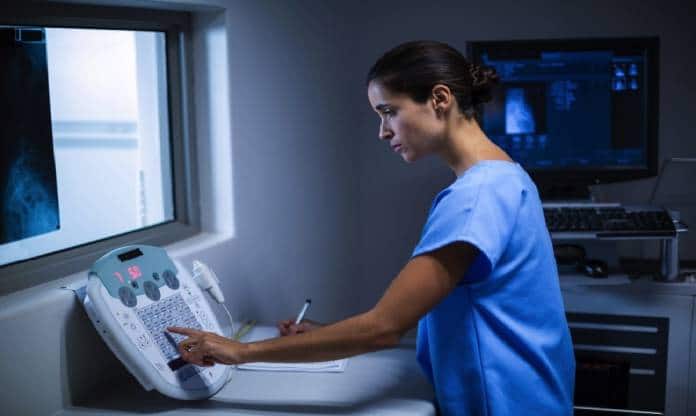
Big Data is one of the greatest revolutions in the history of technology and medicine is no stranger to these benefits. For this reason, Futurs is already working on the development of digital platforms powered by algorithms and ML to create a new digital health model.
An example of the application of predictive models was the algorithm developed with Microsoft’s Azure Machine Learning tools and which, during the worst moment of the pandemic, helped determine which patients positive for coronavirus could develop a worsening that required their transfer to the hospital. Intensive care unit.
“Big Data in Health has much more potential than in other sectors. The reason is simple: in the Health sector, we work with many variables that, no matter how small, can change the course of a disease in a disruptive way”, says Francisco Manuel Aznar, Development Manager of Futurs.
Big Data for healthcare
As González explained during his speech at Forbes Talks, dedicated to the digitization of the health system, “obviously, the clinical decision was not made by the algorithm, but its use allowed us to make more efficient use of a resource that, at that time, was as scarce as ICU beds. And we achieve it, above all, thanks to interoperability and efficient data processing”. In addition, the algorithm predicted which COVID-19 patients were most likely to be readmitted within 30 days of discharge.
These systems need to be trained with a large amount of data, since that volume will determine the sensitivity of the analysis: the more data, the better predictions, since there will be more variables under study. The key is to collect and process them correctly, since they come from very diverse sources.
How to use Big Data to improve healthcare
Futurs has a very specific process in place to continue feeding the different algorithms it has developed. “In the algorithm projects to prevent pressure ulcers and falls, for example, we recollect the data every six months and send it to the machine to see what has happened in that time. Depending on the statistics and the data that it returns, we retrain the model by typing new instructions or leave it as it was. In this way, we would identify variables that no longer provide relevant information and we would insert new ones that the toilets transfer to us”, explains Adrián Belso Garzas, Lead Data Scientist at Futurs.
Success stories
The experience of the Ribera healthcare group, which manages nine hospitals in Spain and has more than 7,000 professionals, makes it possible to create an extensive medical database of patients with different pathologies that are used to feed and train the algorithms of these digital platforms. All this data leads to the electronic medical record developed by Futurs, Cynara Care, a solution with cognitive features that serves to support healthcare staff in making clinical decisions in real time. It is a modular clinical history, designed to cover from specific needs to providing a global response to the clinical and administrative activity generated in a health cluster, to the point of including prediction algorithms.
When these data are available, the next step is to plan people’s care approach, something that is facilitated thanks to technology, and that has a tangible experience in realities like TruCare. It is a platform that allows personalizing medical treatments in an automated way thanks to the information previously collected by connected devices, or that available in the large databases that hospital centers are already creating. An itinerary is then produced that starts from a device that collects data and sends it to a cloud, where an Artificial Intelligence analyzes, classifies and archives it, extracting patterns that platforms such as TruCare use to suggest specific interventions by the medical professional.
“The core of TruCare is to prepare standardized assessments based on the patient’s level of chronicity to create care plans according to that assessment,” explains Francisco Ballesta, coordinator of the Population Health Management Unit of Grupo Ribera and Product Owner of Cynara Citizen. Using the resources already collected by Futurs, “we were able to collect a lot of information from the electronic medical record and the primary care medical record; with this we segment the population and stratify it into risk levels. TruCare then allowed us to assess patients based on this level of risk and, based on this assessment, create personalized and standardized care plans for each citizen”, he highlights.
All this allows us to contemplate a digital ecosystem that, under the concept of the remote hospital, creates an infinite modular design with various interconnected platforms, designed to collect and process data of different kinds. A work of innovation and digital transformation that is carried out with the aim of improving people’s lives practically without realizing it, while they continue to enjoy their day to day. Technology and medicine work together in the background so that everything goes well.
George is Digismak’s reported cum editor with 13 years of experience in Journalism